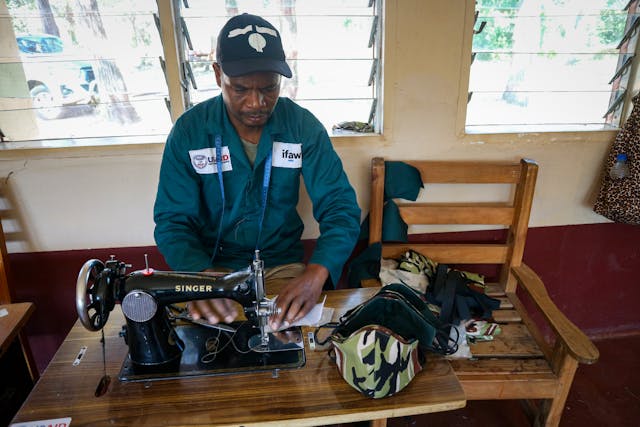
Trump Should Refashion the Foreign Aid Agency, Not Dismantle It
ANDREW NATSIOS
Foreign Affairs, February 7, 2025
Last week, the Trump administration ignited a firestorm when it issued a stop-work order for most U.S. foreign aid programs and announced that it would permanently close all 80 field missions of the U.S. Agency for International Development, the U.S. government’s primary aid agency, which I led from 2001 to 2006. The State Department, implementing an executive order from President Donald Trump, described the purpose of the halt as ensuring that foreign aid is “efficient and consistent with U.S. foreign policy under the America First agenda” and announced it would review all aid programs to determine which should be cut or redesigned. Yesterday, The New York Times reported that the administration had decided to reduce USAID’s workforce from around 10,000 people to under 300 and to cancel around 800 awards and contracts administered by the agency. These extreme moves would spell the end of U.S. foreign aid as we know it.
The stop order has paralyzed U.S. aid programs around the world, bankrupting fragile local aid groups and small businesses and putting lives at risk. Popular programs that manage emergency response and promote global health have been incapacitated. The Peace Corps, for instance, has its own budget to pay its personnel, but the 60-year-old program relies on USAID for assistance on projects relating to agriculture, education, and clean water. The President’s Emergency Plan for AIDS Relief (PEPFAR) has saved an estimated 25 million lives since it was launched in 2003; the halt threw the program into chaos, although it was later granted a limited waiver to resume some activities. Other programs were less fortunate. Investigations into malaria and other diseases have ceased. So has support for Disaster Assistance Response Teams, which for nearly 30 years have been a means for the United States to quickly and efficiently dispatch workers to prevent or alleviate humanitarian catastrophes. Programs that save lives must continue, and Secretary of State Marco Rubio should move as quickly as possible to restore their funding, including to the USAID Famine Early Warning System, which is the guiding mechanism for targeting food aid.
When I took over as administrator of USAID in 2001, I worked to align the agency’s priorities with President George W. Bush’s foreign policy, as most USAID leaders do for the presidents they serve. I initiated a review of every USAID program and canceled scores of projects that wasted taxpayer money. It’s perfectly appropriate for the Trump administration to initiate its own such review. It makes little sense, however, to issue a blanket stop order before doing so.
The world today is not the one that Washington’s post–Cold War foreign aid strategy was designed for. There are many ways in which the Trump administration can adjust foreign aid programs to serve its broader policy goals without needlessly putting lives at risk or harming U.S. interests. Simply slashing vital programs is a huge mistake, but a far-reaching review and restructuring of U.S. foreign aid is overdue. This assistance is one of the most powerful tools Washington has to push back against Chinese and Russian influence and to prevent transnational threats, such as disease and terrorism, from reaching U.S. soil. By focusing its attention on countries at the center of great-power competition and in which the United States has clearly defined interests, the Trump administration can fit U.S. aid programs for the demands of a new era.
Andrew Natsios is a former member of the GFI Board of Directors.
